An English nobleman once declared to his peasants: “Build me a keep up on that mound, fortify the walls around this spacious vale, and I shall protect you and your families within this walls from the men of the north and their barbaric invasions.”
It’s a sentence that best describes many noblemen who during or right after the Norman invasion of the 11th century came upon a strategic river valley and used a cheap and more often than not forced workforce to construct a motte and bailey castle.
Truth be told, it was the Normans who first began to build this type of castle in Normandy and England. For them, it was a fast and cheap method of securing the land they had just conquered. When William the Conqueror set forth on his conquest of England in 1066, he exercised a practice of granting lordships and captured land to his officers, on which they were obliged to build castles to serve as military strong points.
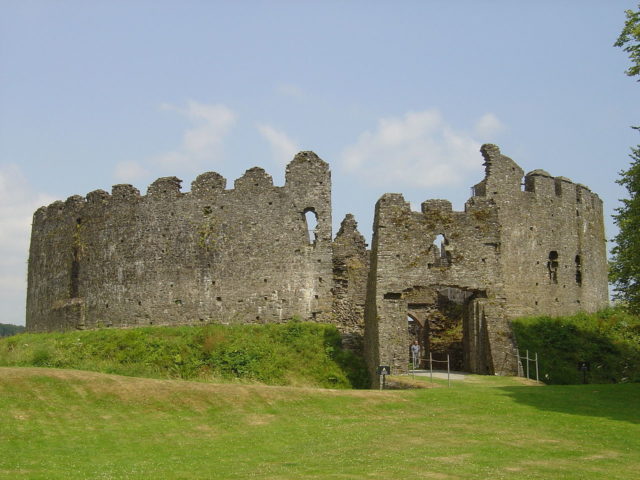
The castles were made quickly out of wood as checkpoints over strategic grounds he and his army would pass. By doing so, he was securing the loyalty of his generals as well as the conquered territory, but what is more important, he was blocking passageways for the armies of Briton without much delay to the conquest itself.
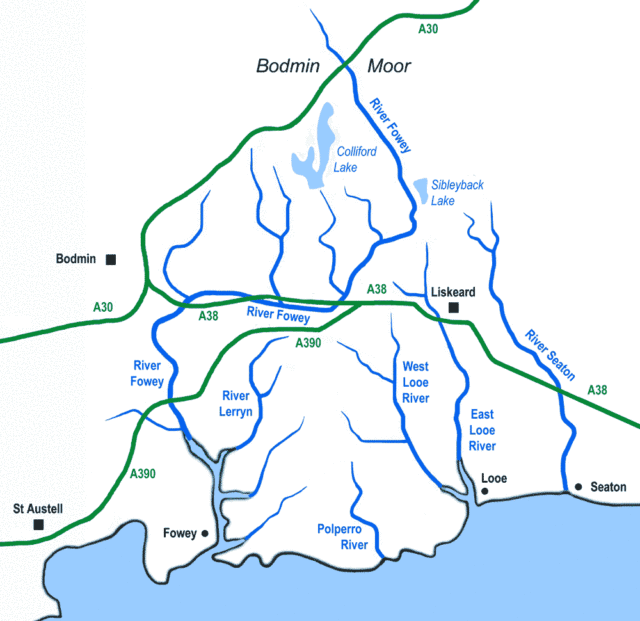
He raised a vast number of these motte and bailey castles throughout England and Normandy, of which Cardiff Castle serves as the greatest example. Fortifications in York and Norwich City were also rebuilt by the Britons into stone castles during the 13th and 14th century because of their strategic location and economic importance.
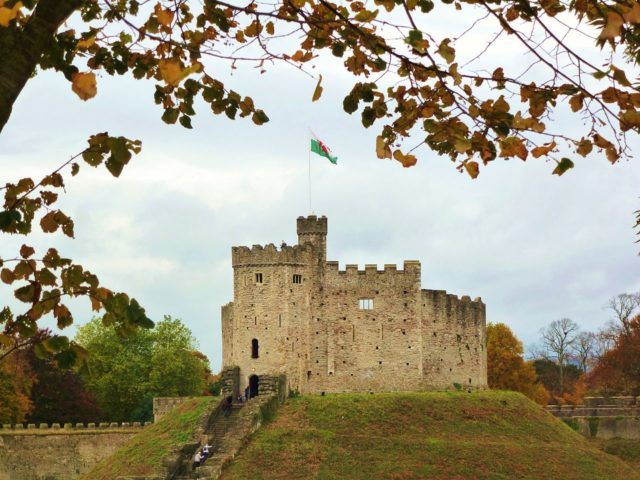
It is believed that a castle was built in the same manner in the Restormel borough of Cornwall, somewhere between the Battle of Hastings in 1066, which brought an end to Anglo-Saxon rule over England, and 1090, when the conquest was nearly completed. During these two decades, tensions between the Anglo-Saxons and their new Norman rulers were still high. Two of these, a rebellion at Exeter in 1068 and the uprising in Cornwall in 1069, presumably led to the construction of the castle at Restormel, to give control over the main crossing spot over River Fowey.
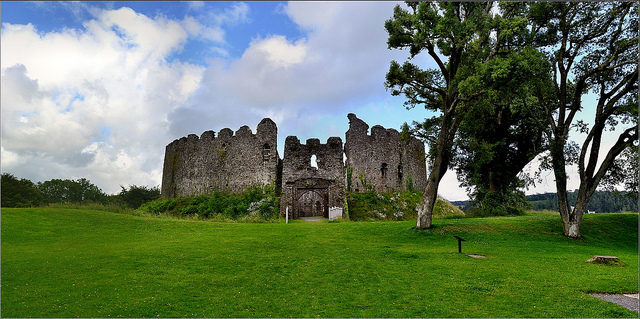
Just as the aforementioned ones, this too was first built from timber and then reconstructed in stone during the 13th century. What is unusual about the design is that the eight-foot-thick outer wall forms a perfect circle, and every room and corridor inside, including the solar, the great hall, the bed chambers, and the guard houses, are all constructed to follow the contour of the thick castle wall.

The circular stone keep, which is 125 feet in diameter, was installed at the very end of the 12th century by Robert de Cardinham, labeled in the Red Book of the Exchequer (13th century manuscript) as the greatest landowner in Cornwall. In history books the castle is first mentioned in 1264, when Simon de Montfort, 6th Earl of Leicester, took control over the manor during the Second Barons’ War fought against the forces of Prince Edward, later Edward Longshanks, King of England.

After only a year, the castle was recaptured by the wealthy Earls of Cornwall, who remodeled the castle from a combat stronghold into a residential palace, an exquisite mansion and administrative center of Cornwall, a role previously assigned to the nearby castle in Launceston. It was Edmund, 2nd Earl of Cornwall, who built the unusual curving chambers inside the curtain wall, thus giving the image of a perfect concentric castle, an interesting feature for which the castle is admired.
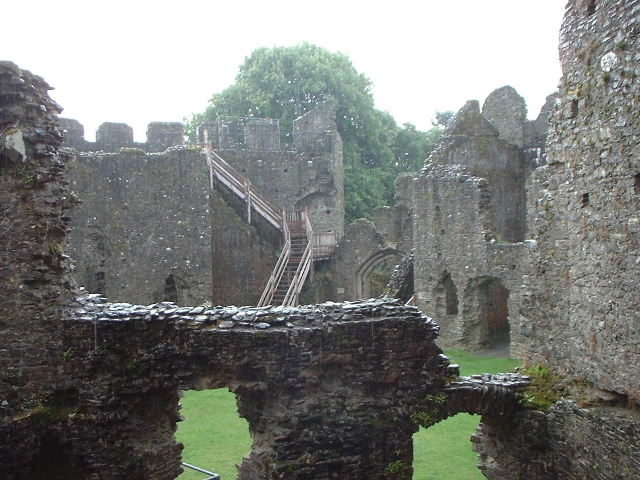
However, it served as a prominent center only for a short time, until the earldom fell to the crown at the very beginning of the 14th century. After this, the castle, along with the hunting lodge and 300 acres of land around it, was inherited in 1337 by the first Duke of Cornwall, Edward of Woodstock, commonly known as the Black Prince. He visited the castle twice only, in 1354 and 1362.

After the death of the Black Prince, the castle was left unattended and neglected for almost three centuries. Covered in ivy, the castle was rediscovered and reused in the 17th century during the Civil War. For the first time in its long history, the castle was used in combat, occupied at times both by the Parliamentary and Royalist forces in the summer of 1644.
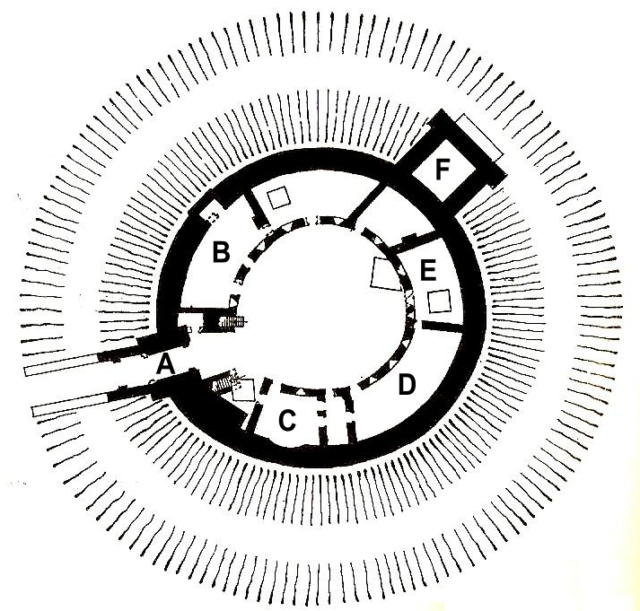
Deemed irreparable, the castle was once again neglected for centuries. During the 19th century, it gradually came to be appreciated as a picturesque ruin and a favorite picnic spot. Restormel Castle was finally declared a Scheduled Monument in the 1980s and is now maintained by English Heritage.
Located north of Lostwithiel, Restormel Castle is open every day for visitors from April to October. Proposals to restore the castle have met with public opposition, maybe because the ruin is a romantic remnant of history that has been a part of the landscape for so long.
Read another story from us: Tamworth Castle: The castle with the second largest motte in England
Although the bailey is now long gone, the circular shell that is the trademark of the castle has survived in fairly good condition. Today visitors can take a walk on the walls and enjoy the marvelous 360-degree view over the daffodils, rhododendrons, and bluebells that fill the valley beneath. The park that at one time held hundreds of deer now houses the extremely rare black pheasant, Tetraphasis Obscurus.
